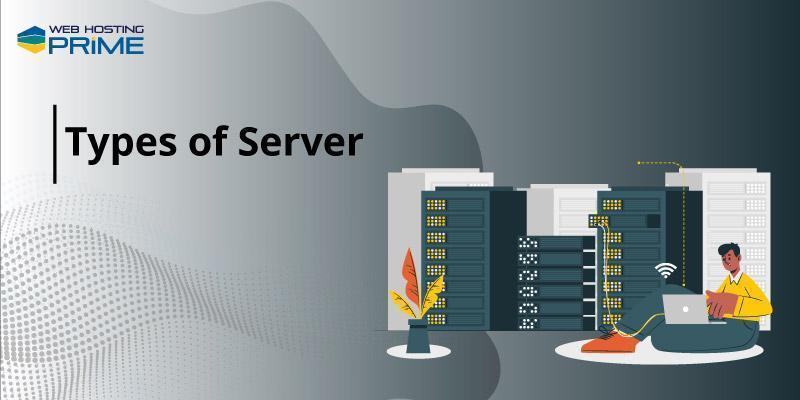Classification of servers, according to the service they provide
A server is a computer hardware with software installed that saves files and makes them available online for other computers. Servers offer all kinds of information and also help manage programs that users or other computers require (these can be laptops, printers, scanners, faxes, etc.)
Web server
It mainly deals with storing the HTML files of a web page, which include texts, images, videos, etc. Its efficiency depends on the processing speed, the hardware, the number of requests and the dynamic web contents.
Different Types Of Servers and their characteristics are:

- Shared servers: They offer a space to host information, but you must share resources with the same CPU, RAM, operating system, IP address and even the same Internet connection.
- Virtual Servers: They save hardware costs by offering the flexibility to run multiple operating systems suites of programs on individual servers simultaneously.
- Mail server: It is responsible for storing, sending, receiving and carrying out all operations related to customer email messages.
- Proxy server: It acts as an intermediary between a browser such as Explorer, Chrome or Firefox and the Internet, contributing to network security. Help save time and bandwidth.
- VPN server (Virtual Private Network): It is used to make secure connections to a private network of one or more computers without being physically in the same place.
- Database server: It provides storage and database management services to its clients—for example, all the data of the clients of a bank and their movements in the accounts.
What Is Network Application
They are programs that run between different computers connected to a network and are selected according to the type of work needed. A wide range of application layer programs interfaces with the Internet. Each application is associated with its protocol; some of the most common are:

- HTTP: the World Wide Web uses the hypertext transfer protocol, which is the protocol to connect to web servers. Its primary function is connecting to a web server and transmitting HTML pages to the client.
- POP3: Post Office Protocol 3 is the most common Internet protocol for email. It also belongs to the application layer. It receives the emails and stores them until the user downloads them.
- FTP: File Transfer Protocol is a simple utility program to transfer files between two remote computers. It provides basic authentication and operates in binary transfer mode or text (ascii) mode.
- Telnet: it is a remote access application and a protocol to connect to the console of a remote computer, basic authentication included, but without a graphical interface since it is handled through a character interface called the command line.
- SNMP: Simple Network Management Protocol; network management programs use SNMP to monitor network devices' status and activities.
MongoDB is a cloud data service. To connect to Mongodb Default Port, you must have the following:
- the server name or IP address of the server hosting the MongoDB database
- the correct connection port
- the MongoDB database name
For help with meeting the prerequisites for connection, contact your organization's MongoDB administrator. If the administrator cannot help you, you or the administrator should contact MongoDB Support.